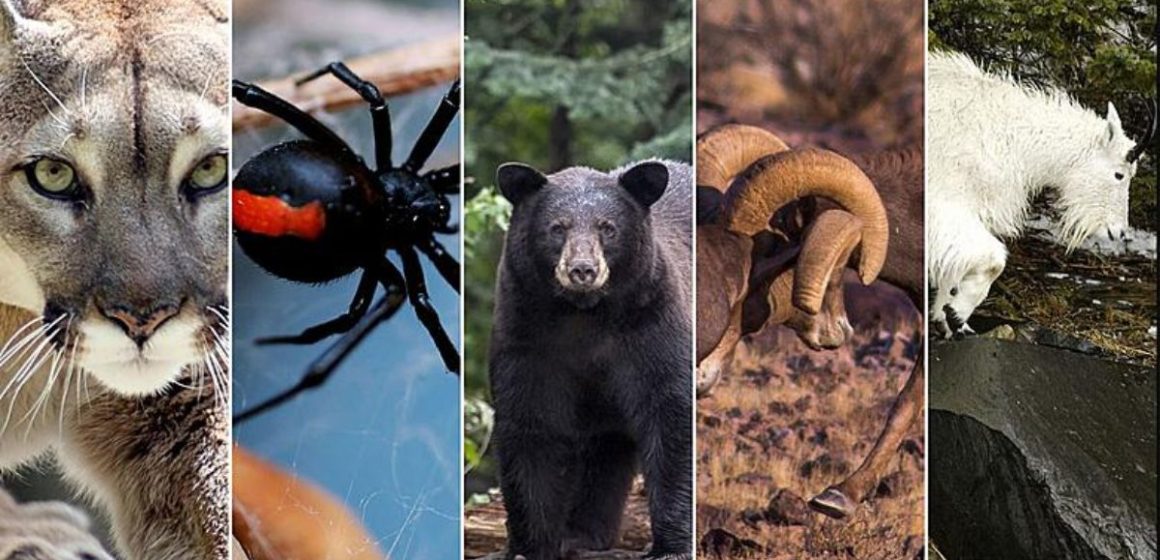As climate patterns shift and human development continues to alter natural habitats, the movement of wildlife is becoming more unpredictable than ever. Indiana residents are being urged to stay alert as several dangerous animals increasingly make their way into neighboring Michigan — and could potentially head south across the state line. Here are five species that are not only on the rise in Michigan, but are causing concern for their aggression, spread, and the potential threats they pose to people and pets.
1. Eastern Massasauga Rattlesnake: The Silent Striker
Michigan’s only venomous snake, the Eastern Massasauga Rattlesnake, has seen a population resurgence due to conservation efforts and warming temperatures that suit its preferred swampy habitat. Although generally shy, this rattlesnake will strike if surprised or threatened — and its venom can be dangerous to humans, especially children and pets.
What’s alarming for Indiana residents is that sightings of this rattlesnake are being reported farther south than ever before. Wildlife officials warn that anyone hiking or spending time in nature near wetlands or tall grasses should wear boots and stay on cleared paths. Unlike its western rattlesnake cousins, the Massasauga doesn’t always rattle before striking, making it a more silent — and potentially more dangerous — threat.
2. Black Bears: Growing, Bold, and Getting Too Comfortable
Once confined mostly to Michigan’s Upper Peninsula, Black Bears are now being spotted throughout the Lower Peninsula — and reports show their range is slowly expanding. Experts say that food scarcity and shrinking wilderness areas are forcing these large omnivores closer to human communities, where garbage cans, bird feeders, and even small livestock make for easy meals.
Several bear sightings have already occurred near southern Michigan cities not far from Indiana’s border. Though not typically aggressive, black bears will defend cubs or food sources and can become highly unpredictable if they grow too accustomed to humans. Indiana’s Department of Natural Resources (DNR) is closely monitoring bear movements to prepare for the likelihood of future encounters in the Hoosier State.
3. Coywolves: The Hybrid Predator Thriving in the Midwest
A relatively new and fast-spreading species, the Coywolf is a hybrid of the coyote, wolf, and domestic dog. These animals are larger and more robust than standard coyotes, with heightened pack hunting abilities and increased boldness around humans. Known for their adaptability, coywolves thrive in suburban and even urban areas, preying on pets, deer, and small livestock.
Coywolf sightings have surged in southeast Michigan, and biologists confirm that their range is expanding rapidly. What makes them particularly dangerous is their unpredictable nature and ability to hunt in coordinated packs — a behavior uncommon among traditional coyotes. Residents in rural and suburban Indiana should be especially cautious, as coywolves are known to cross large distances in search of food.
4. Wild Boars: Invasive, Aggressive, and Nearly Impossible to Control
Originally brought to North America for hunting purposes, wild boars (also known as feral hogs) have become an ecological nightmare. These animals breed rapidly, destroy crops, and carry diseases that can be transmitted to livestock and even humans. Their tusks, aggressive temperament, and size — sometimes exceeding 300 pounds — make them particularly dangerous.
While Michigan has outlawed possession of wild boars, feral populations already established in remote areas continue to thrive. Some reports suggest they are beginning to roam southward into more temperate and food-abundant zones — putting Indiana farmers and rural residents at increased risk. Wild boars can charge when provoked and cause serious injuries, making avoidance and prompt reporting crucial.
5. Timber Wolves: Making a Comeback — and Sparking Debate
Once nearly extinct in the region, Timber Wolves have made a slow but steady comeback in Michigan, particularly in the Upper Peninsula. However, a growing number of unconfirmed sightings in the Lower Peninsula have wildlife experts on alert. These apex predators play a vital role in the ecosystem, but also stir up concern when they come into contact with farms, pets, or populated areas.
Though not considered a major threat to humans, timber wolves will attack livestock and domestic animals, and their presence often triggers heated debates over hunting policies and wildlife management. If the current trend of wolf movement continues, Indiana’s northern counties may need to brace for a reintroduction of an animal that hasn’t been part of the region’s ecosystem for decades.
Final Thoughts
While many of these animals play important ecological roles, their growing presence near human communities in Michigan — and potentially into Indiana — is raising serious safety concerns. Whether it’s a rattlesnake sunning itself on a trail, a black bear rummaging through trash, or a coywolf stalking small pets, the key to staying safe is awareness.
Indiana residents living near the Michigan border should stay informed through local wildlife updates, secure trash and food sources, and report any suspicious animal activity to the DNR. Nature is changing — and as these five dangerous animals push their boundaries, we need to adjust ours.



Leave a Reply